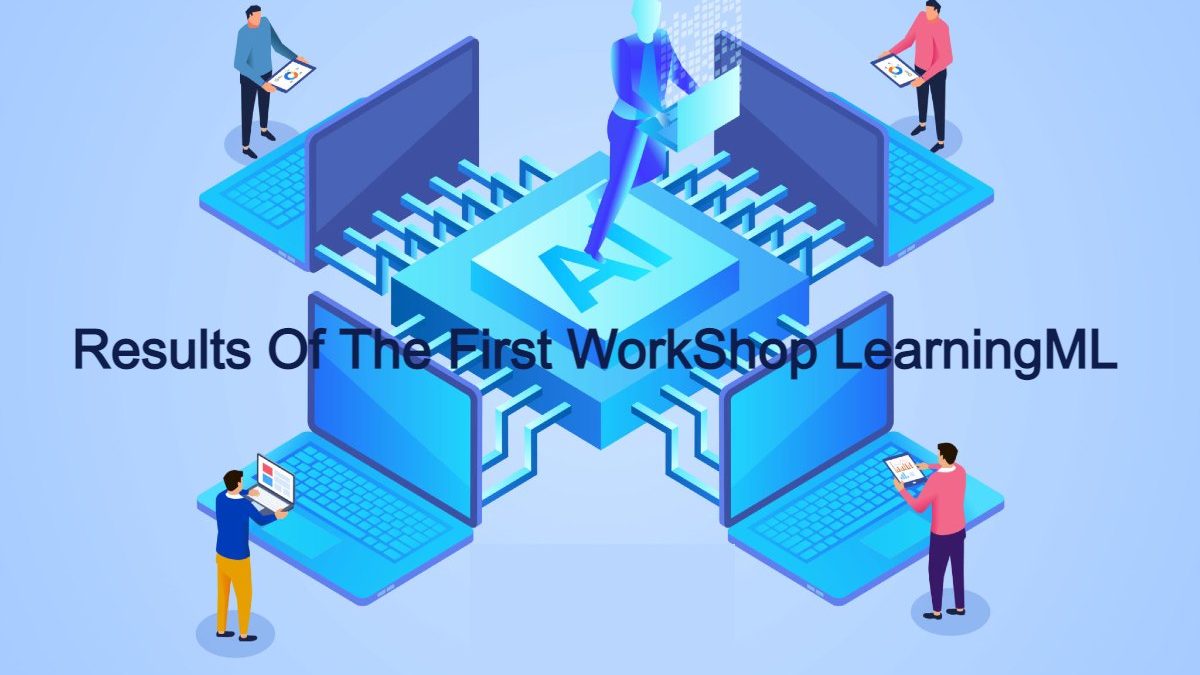A few days ago, we talked about LearningML, a tool that aims to contribute to learning artificial intelligence (AI) in educational centres. Today we present a summary of the first research we have developed in the KGBL3 group to check precisely if LearningML can be useful when teaching about AI, machine learning and its social implications.
Table of Contents
Research
Being the first interventions with the tool, we organized two small preliminary workshops with VET students, one at the IES Polígono Sur and another at the IES Ramón del Valle Inclán, both in Seville, in which 14 students who already knew how to program but had not studied issues related to AI participated.
The structure was the same in the two workshops, which took place over two hours. First, the students filled out a questionnaire to measure their previous knowledge about AI; then, one of the researchers gave an introductory presentation on AI. Each student then programmed a project with LearningML solving a challenge; and finally. The students filled out a final questionnaire to be able to measure the impact of the workshop. The presentation, the questionnaire, and the students’ answers are available in the research replication package.
Results
In the first set of questions of the Likert type. The mean in the initial questionnaire was 12.79 points, while the standard in the final questionnaire was 14.50. As shown in the following figure, which represents a significant difference. In addition, the effect size was calculated to measure the impact of using LearningML. This set of questions was 0.68 – a moderate size indicating that the educational intervention has achieved the desired effects.
For the second set of questions, the mean of the previous questionnaire was 1.57 points, while in the subsequent questionnaire, it was 2.29. Again a significant difference. In this case, the effect size was 0.85, considered a significant effect indicating that the intervention has contributed to achieving the objectives.
The open-ended questions illustrate the difference between the students’ ideas of AI before and after the workshop. For example:
Student 1:
- Pre: AI is a type of intelligence Carrie out by robots.
- Post: AI is a technology that tries to get machines to learn through trial and error.
Student 2:
- Pre: The ability to emulate the human mind on a machine.
- Post: When a device can perform actions for which it is necessary to reason and think like a human.
Conclusion
The intervention results are encouraging, especially considering that the effect was experienced after only two hours of intervention, which highlights the potential of LearningML as a tool to promote AI learning. However, different results may be obtain when workshops are held with younger students or students with no previous experience. Therefore, we will soon begin to carry out new workshops with more diverse samples of apprentices to continue validating the tool. And we are going to do them in a network, so stay tuned to our blog because we will explain how to participate in them in a few days.


